Berry bushes you can plant now for a head start next year
Berry bushes are one of those “future you will thank you” projects. You plant once, baby them a bit, and in a year or two you’re sending the kids out with bowls instead of buying pricey berries in plastic clamshells. Planting them while they’re dormant—often fall or very early spring in a lot of areas—gives the roots time to settle in so they hit the ground running next growing season.
Always double-check your planting window and hardiness zone with your local nursery or extension office, but these varieties are a solid place to start.
1. Blueberries: ‘Bluecrop’ and ‘Legacy’ for cooler climates
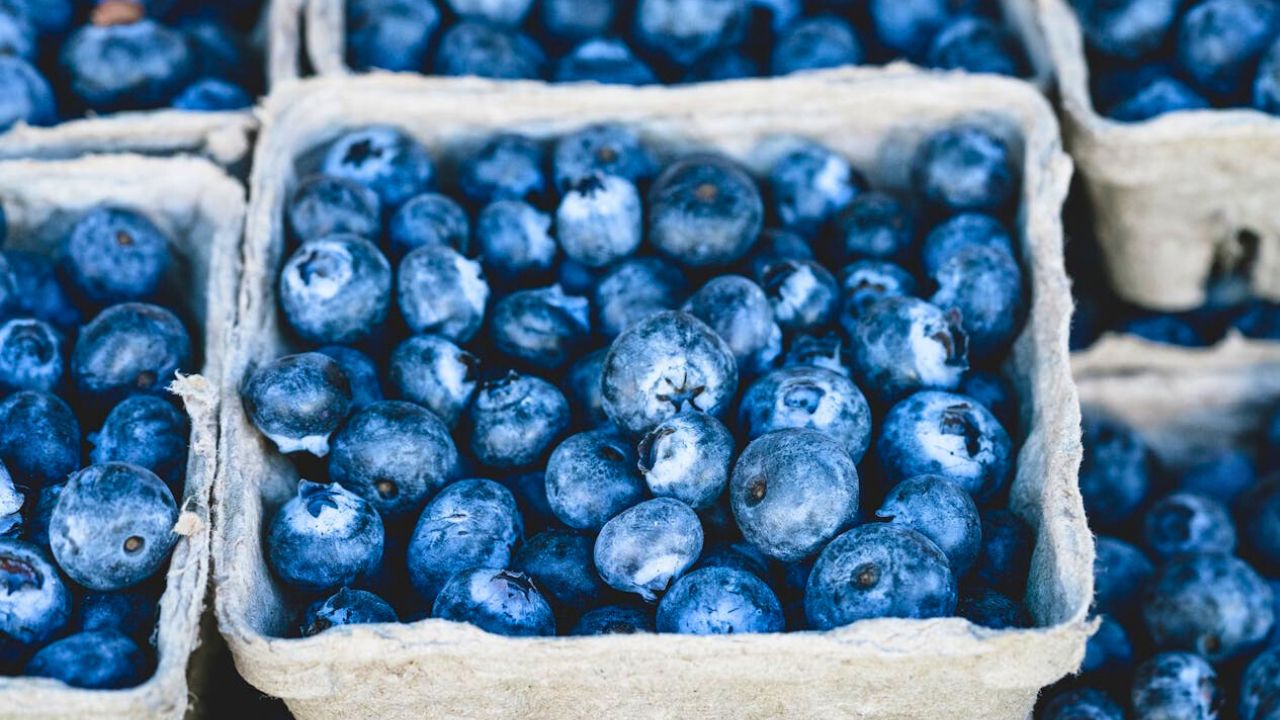
If you’re in a cooler or moderate climate with the right soil, blueberries are hard to beat. ‘Bluecrop’ and ‘Legacy’ are two workhorse varieties that show up again and again for home growers. They’re known for good flavor, decent size, and reliable crops once they’re established.
Blueberries need acidic soil and good drainage, so this is where you’ll want to do a little prep—mix in peat moss, pine fines, or soil acidifier if your dirt runs alkaline. Plant at least two compatible varieties for better pollination and bigger harvests, and give them full sun if you can.
2. Rabbiteye blueberries: ‘Brightwell’ and ‘Tifblue’ for warmer areas
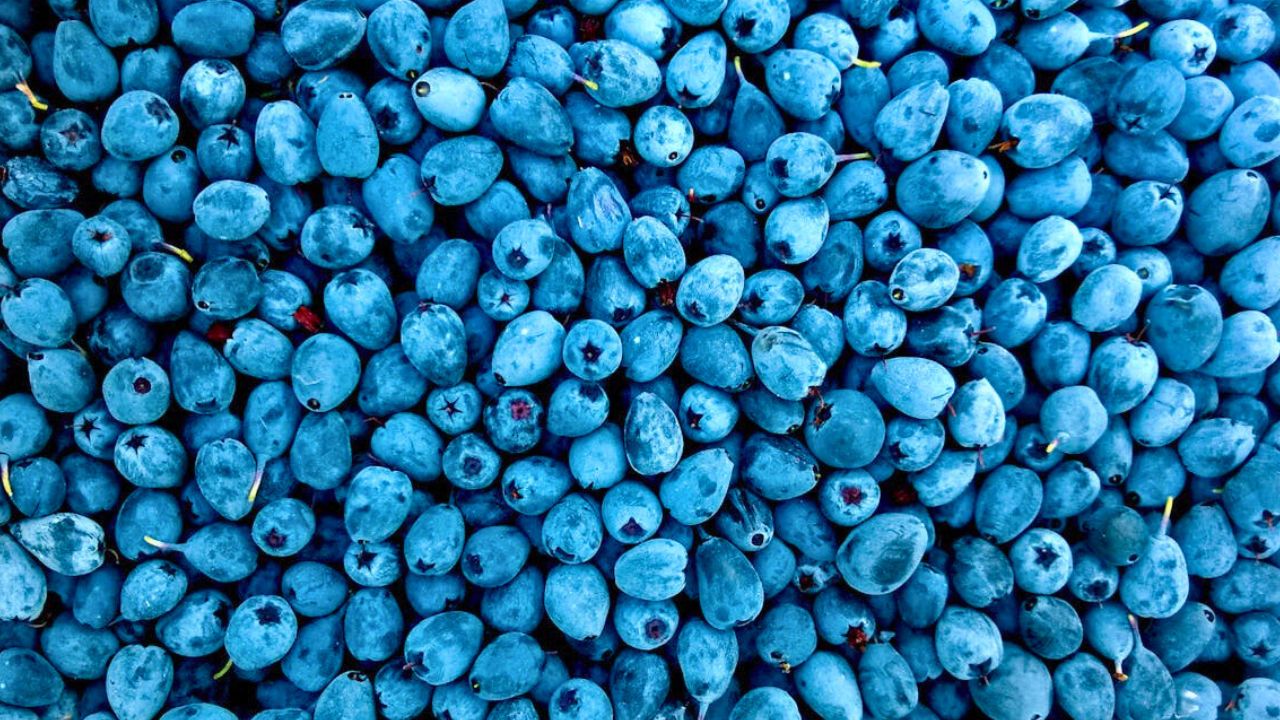
If you’re in the South or a warmer zone, rabbiteye blueberries usually do better than the northern highbush types. ‘Brightwell’ and ‘Tifblue’ are popular choices because they handle heat, bear heavily, and don’t sulk as easily in tough summers.
They still want acidic soil and decent moisture, but they’re generally more forgiving once they’re established. Space them a few feet apart, mulch well, and don’t be afraid to water regularly their first year. Rabbiteyes can get big, so give them room to spread instead of tucking them right up against the house.
3. Red raspberries: ‘Heritage’ and ‘Caroline’ for easy picking

For that classic backyard berry patch feel, red raspberries are a good place to start. ‘Heritage’ and ‘Caroline’ are two commonly recommended varieties for home gardens. They’re productive, have good flavor, and tend to handle a range of conditions without being too dramatic.
Raspberries like full sun and soil that drains well but doesn’t dry out constantly. Plant canes in a row and plan on giving them some kind of support—t-posts with a few horizontal wires works fine. They spread by sending up new canes, so don’t crowd them when you plant or you’ll have a jungle you can’t walk through in a couple of seasons.
4. Blackberries: Thornless ‘Apache’ and ‘Ouachita’ that don’t fight back

If you like blackberries but hate getting scratched to pieces, look for thornless varieties like ‘Apache’ and ‘Ouachita.’ They’re bred for good flavor and big fruit, but they’re a lot kinder to your arms when you’re picking. They’re also productive enough that one or two plants can keep a family busy.
Blackberries are tough, but they appreciate full sun and decent soil. They also spread, so give them their own row or section instead of tucking them into a mixed flower bed. A simple trellis or wire support keeps canes up off the ground, makes picking easier, and helps avoid a tangled mess.
5. Strawberries: ‘Albion’ and ‘Ozark Beauty’ as low berry “bushes”
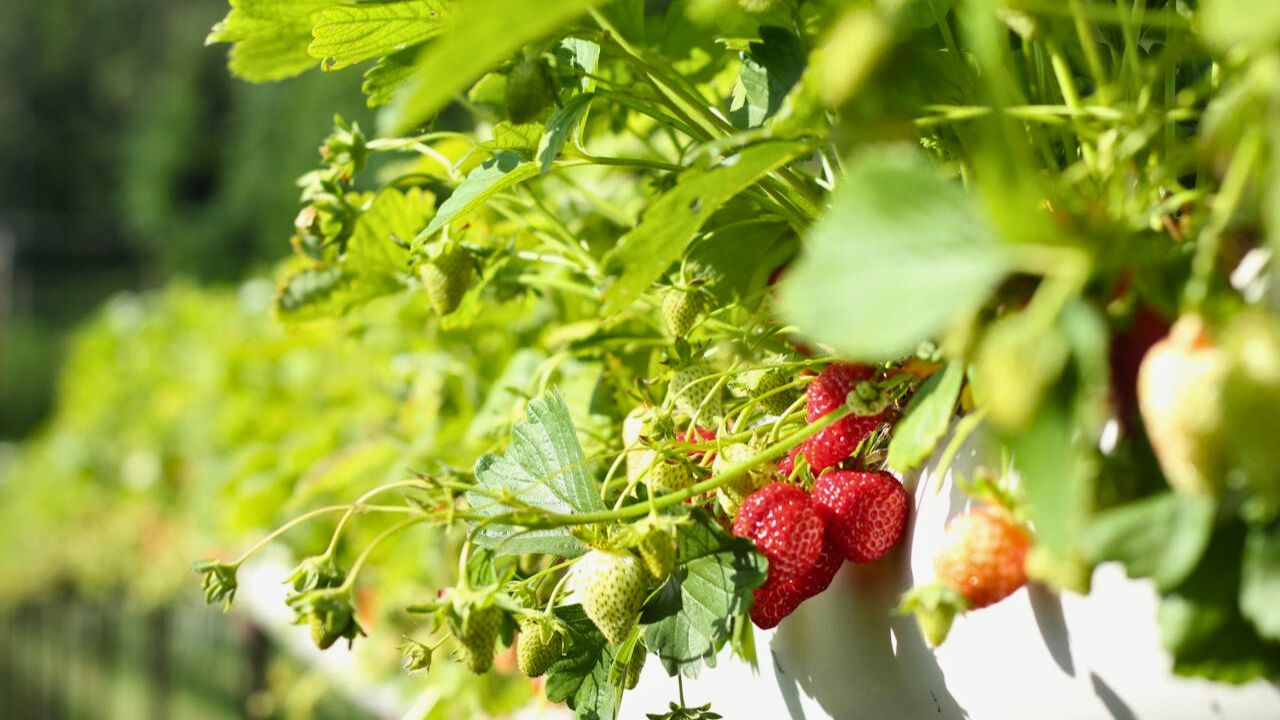
Technically, strawberries aren’t bushes, but they’re too useful to skip. If you want berries sooner rather than later, they’re usually quicker to produce than woody shrubs. ‘Albion’ (a day-neutral type) and ‘Ozark Beauty’ (everbearing) are both known for good flavor and multiple flushes of berries.
Strawberries like full sun and slightly raised, well-drained beds. Plant them so the crown sits right at soil level—not buried, not high and dry. Mulch around them to keep weeds down and berries clean. Over time, they’ll send out runners and form a patch, so start with spacing that gives them room to spread.
6. Elderberries: ‘York’ and ‘Adams’ for a productive hedge

If you’ve got some space and like the idea of a berry-producing hedge, elderberries are worth considering. ‘York’ and ‘Adams’ are common varieties that pair well for pollination and give you big clusters of dark berries later on, plus pretty white blooms in season.
Elderberries can handle less-than-perfect soil and even some moisture, but they’ll fruit best in full sun. They grow into large shrubs, so this isn’t a foundation plant—it’s more of a back-border or fence-line situation. Plant at least two compatible varieties, give them room, and be ready for some pruning once they’re established.
7. Currants: ‘Red Lake’ and ‘Consort’ for smaller spaces
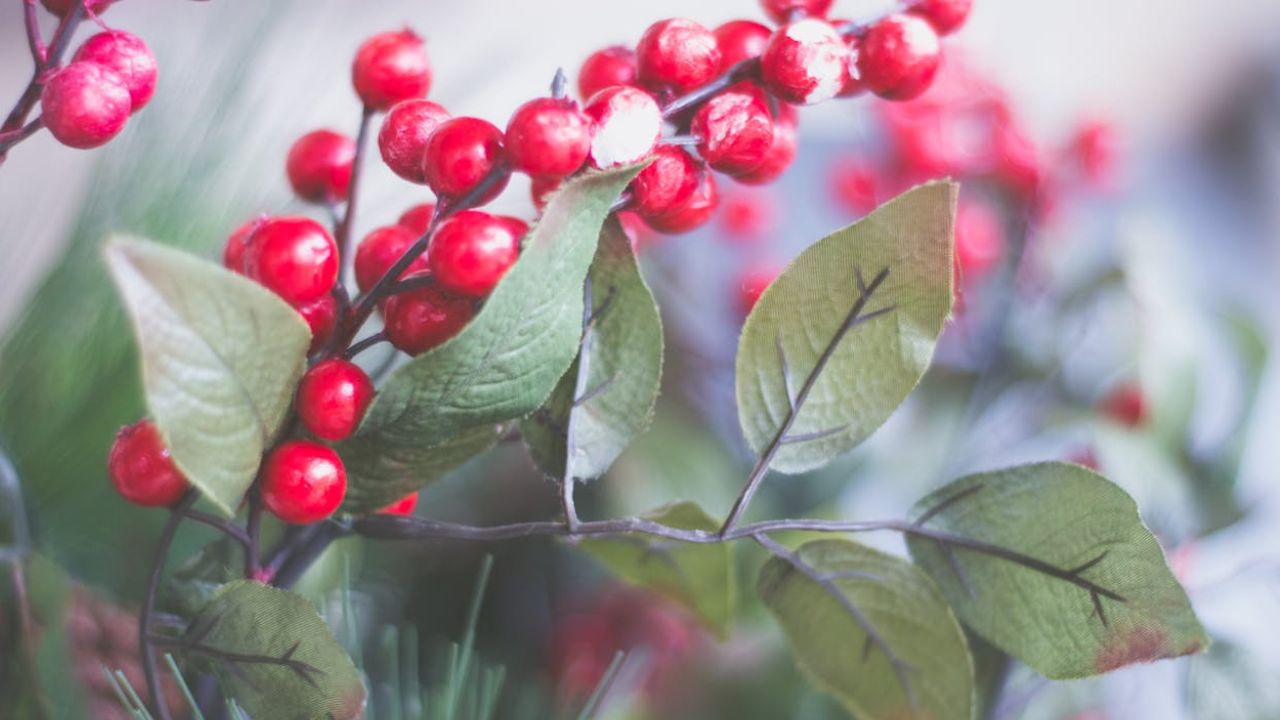
If you’re short on space but still want perennial fruit, currants are a solid choice. ‘Red Lake’ (a red currant) and ‘Consort’ (a black currant) are often recommended for home gardens. They produce clusters of small berries that work well in jams, jellies, and baking.
Currants tolerate partial shade better than a lot of other berries, so they can tuck into places where blueberries or raspberries wouldn’t be happy. They still want decent soil and some protection from harsh afternoon sun in hotter zones. They stay more compact than many other berry plants, which makes them easier to fit into a regular yard.
How to help all of them settle in now
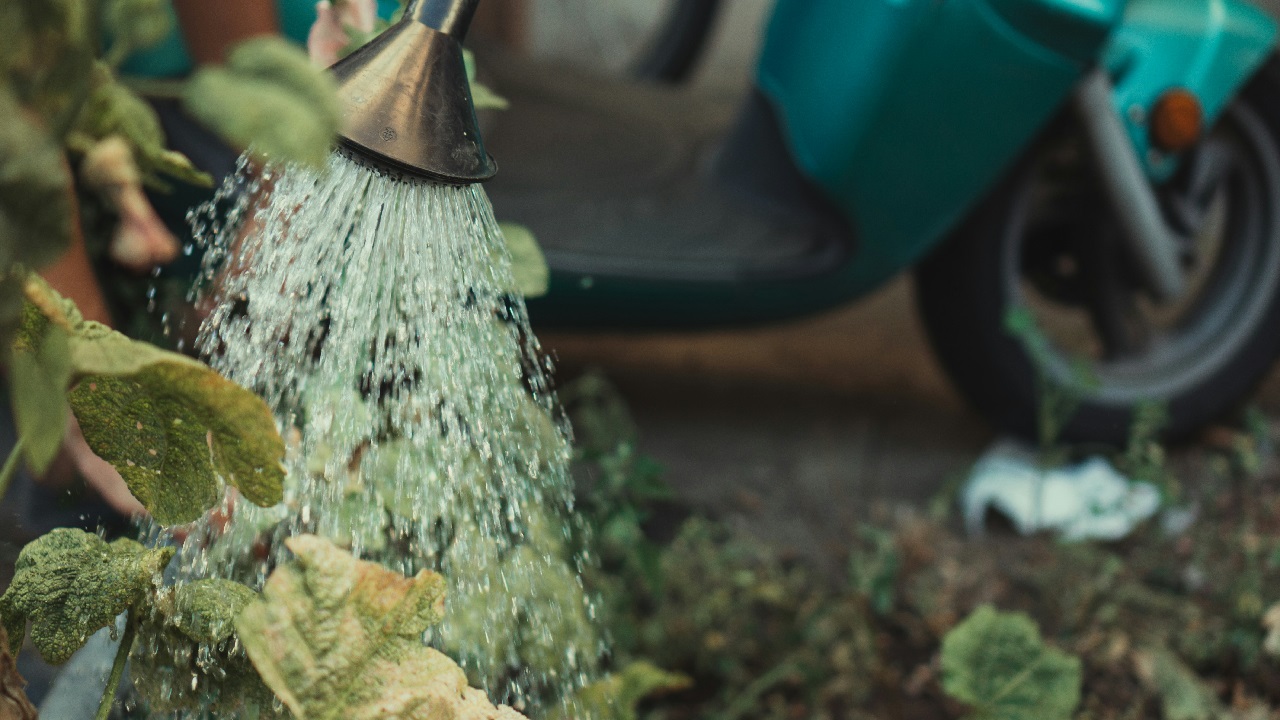
Whatever you choose, the basics are the same: plant while they’re dormant, water deeply after planting, and mulch to protect the roots and hold moisture. Don’t expect a full harvest immediately—most berry plants need a year or two to really hit their stride. It’s worth keeping a small notebook or phone note about where you planted what, how it did, and what you might tweak next season.
Planting now is one of those quiet winter or early-spring projects that pays you back later. A little digging, some mulch, and a bit of patience now can turn into berries you grab right out of the yard, straight into a bowl—or straight into your mouth.
Like Fix It Homestead’s content? Be sure to follow us.
Here’s more from us:
10 things that make your house feel less welcoming without saying a word
10 Upgrades That Make Your House Look Fancier Than Your Neighbor’s
*This article was developed with AI-powered tools and has been carefully reviewed by our editors.







